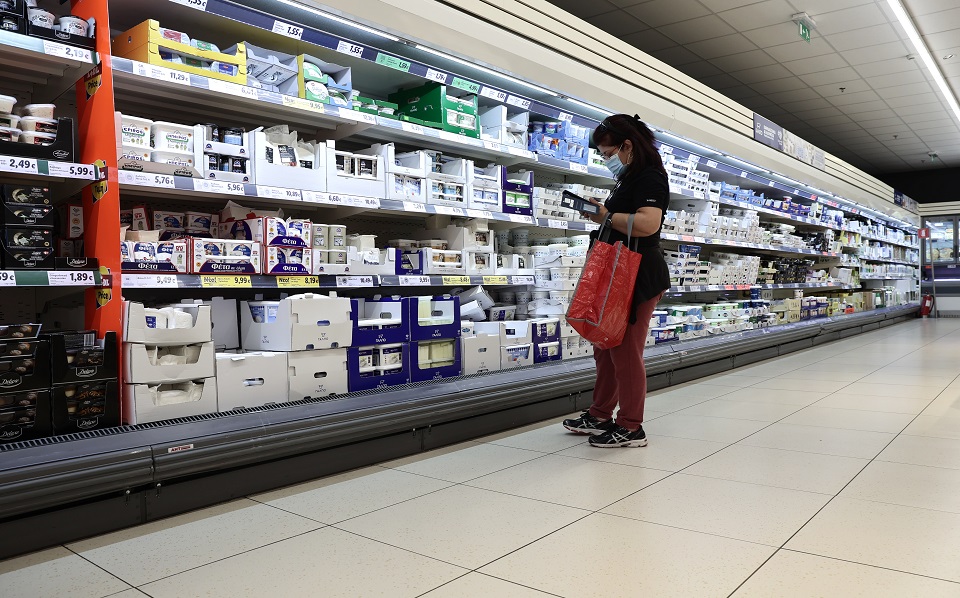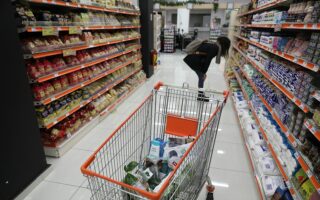Price discrepancy explained
Local market’s oligopolies and consumer habits contribute to high prices, BoG study finds

Greece remains among the most expensive countries in the eurozone for branded standard supermarket products, according to a revealing study by the Bank of Greece, with the differences reaching 129% for carbonated water or 56% for long-life UHT milk.
Producers and retailers are responsible for much of the price difference, while consumer habits also play a part. According to the researchers, “producer market competition, retail market concentration and consumer habits explain a significant part of price differences between countries.” It is no coincidence that the BoG governor, Yannis Stournaras, has referred to the existence of oligopolies in the food market, among others.
The researchers calculate that for the products with the highest sales, simulating the structure of the Greek market and consumer behavior in Greece with the corresponding levels in the eurozone would lead to reductions in price differentials of 17 percentage points on average.
“There is scope for further improvement, with interventions that increase competition between producers, bring about changes in the structure of the retail market and – in the long term – aim to lead to increased consumer literacy,” the study argues in comments that are also addressed to the government.
As far as consumers are concerned, the preference for branded products and smaller packages, compared to Europeans, is estimated to have a significant bearing on prices.
On average, Greece is more expensive (in 2023) compared to the eurozone average by 10% across a range of 41 branded standard product categories and ranks among the most expensive countries in the eurozone. There has been an improvement compared to 2011, when it was 19% more expensive, but other countries, such as Ireland, also among the most expensive, have reduced the gap from 26% in 2011 to just 2% in 2023. Countries such as France (93%) and Germany (98%) remain below average, although in the latter the difference has narrowed since 2011.





